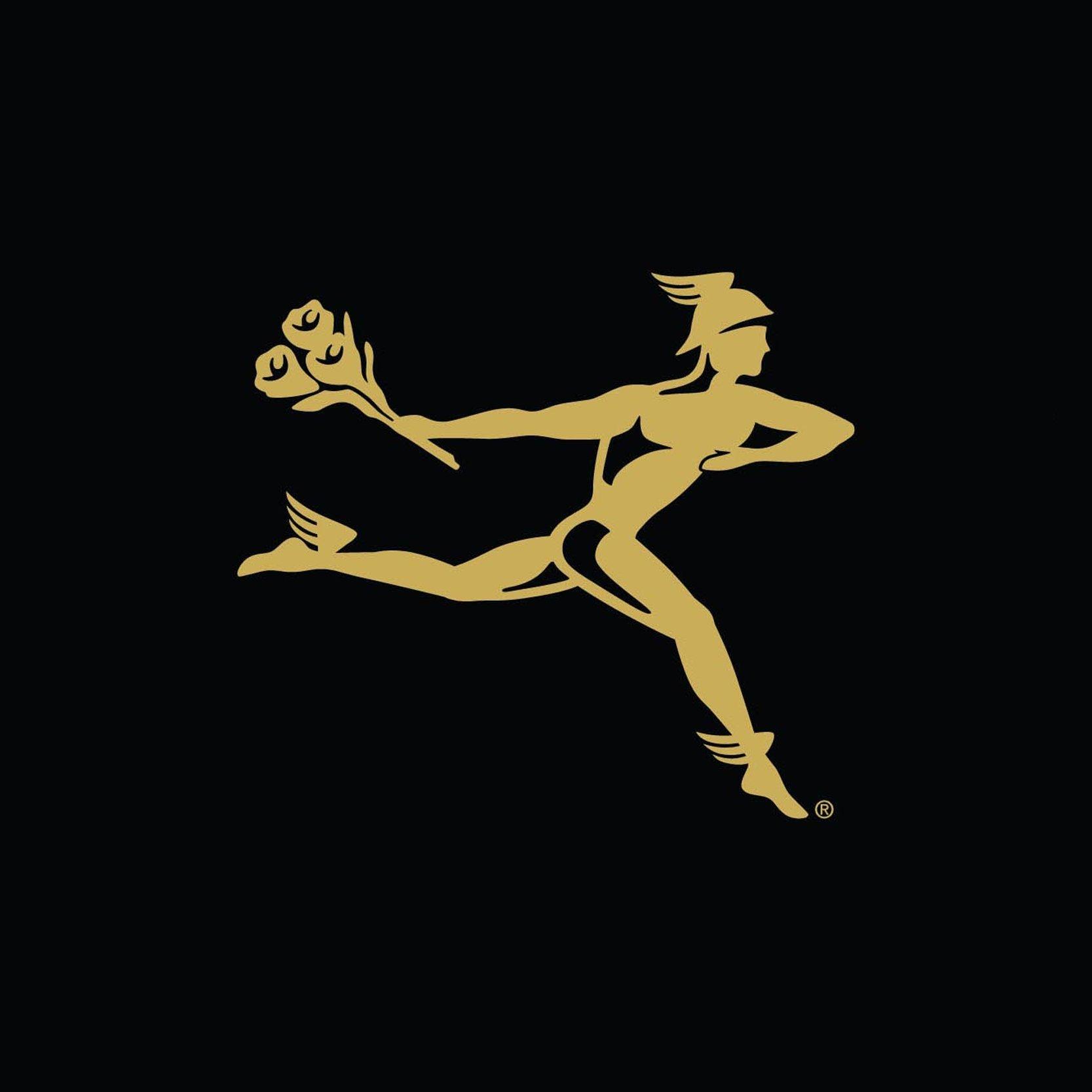Over the next few days, in the run up to Remembrance Day on November 11th, millions of people across the UK will be wearing poppies as a symbol of remembrance for all those who have given their lives defending their country.
The Poppy Appeal is the British Legion’s biggest fundraising campaign and people can buy poppies in shops, supermarkets, pubs and workplaces and on the street from the last week of October until November 11th, or Remembrance Sunday, whichever comes later.
According to the Legion, 40 million Remembrance poppies, 500,000 poppies of other types, five million Remembrance petals, 100,000 wreaths and sprays, 750,000 Remembrance Crosses and a variety of other Remembrance items are made each year.
The history of Poppy Day
In 1918 World War I ended on the 11th hour of the 11th day of the 11th month in 1918. Wanting to do something to remember all those who had given their lives during the war, American War Secretary Moina Michael starting selling poppies to raise money for the ex-service community.
Poppies were chosen due to the famous John McCrae poem In Flanders’ Fields, which features the line “In Flanders’ fields the poppies blow between the crosses, row on row”.
In 1920, the National American Legion adopted poppies as their official symbol of remembrance and Frenchwoman Anna E. Guérin started manufacturing the artificial poppies we see today.
In 1921, poppies were sold in the UK for the first time by the British Legion raising an impressive £106,000 (nearly £3 million today) and the following year Major George Howson formed the Disabled Society and encouraged disabled ex-service men and women from the First World War to make poppies at the new Poppy Factory.
Today poppies in the UK are distributed by the British Legion and the Haig Fund, two charities which support those who have served, or who are currently serving, in the British Armed Forces, and their families.
This year it is hoped that the Poppy Appeal will raise over £37 million.
How to wear your poppy
While millions of the traditional paper poppies are still worn every year there are a now a number of other ways people can mark Remembrance Day.
Renowned designers Buckley and Kleshna have created ranges of poppy jewellery including a crystal brooch, which has been worn by the likes of the Duchess of Cambridge and Katherine Jenkins, cufflinks, charms for bracelets, earrings, necklaces and friendship bracelets which can be purchased from the British Legion’s Poppy Shop.
You can also buy wallets, bags, car decorations, clothing and homeware decorated with the iconic red poppy.

